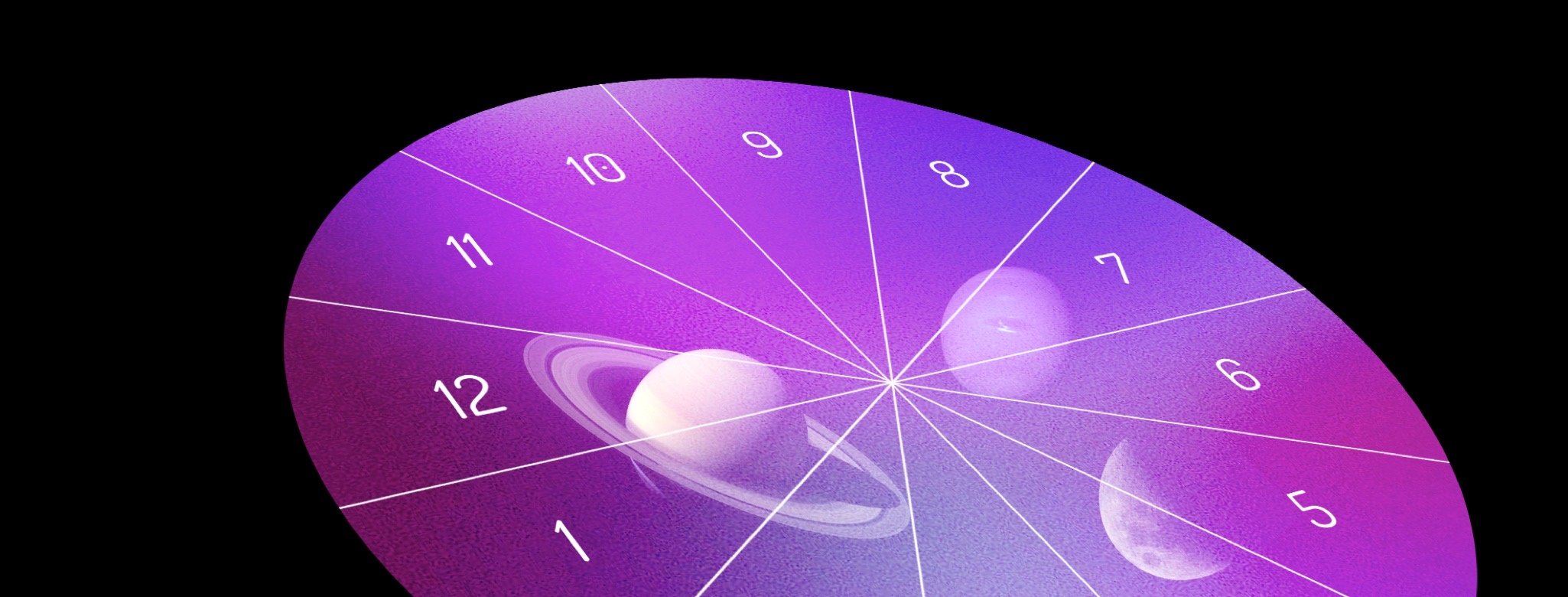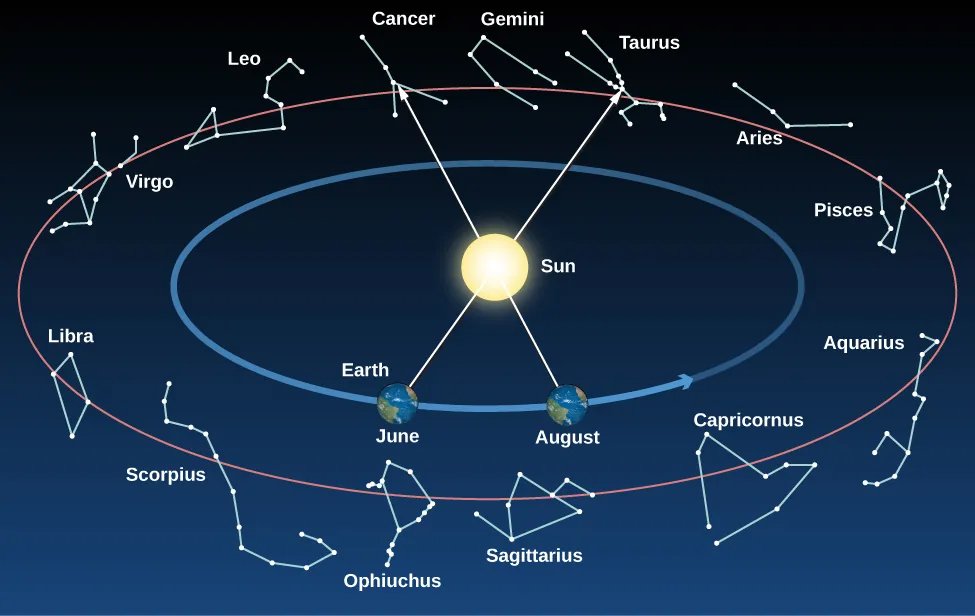What is sidereal astrology?
Si·de·re·al
/sīˈdirēəl/ adjective
- Of or with respect to the distant stars.
Prior to the scientific revolution 400-500 years ago, there wasn’t much difference between “Astronomy” and “Astrology”. Unlike today, Astrologers were Astronomers: they observed the cosmos through what we now call Sidereal measurement.
Sidereal measurement uses the most accurate astronomy for your chart, while Tropical measurement (the most standard of modern Western Astrology) uses a fixed snapshot of the cosmos, which now in the 21st century is astronomically inaccurate.
It’s highly likely that you’ve only come to know Tropical Astrology, but to understand Sidereal further, we must first discuss an astronomical event called axial precession…
Earth’s Axial Precession, Source: Nasa
As you can see, Earth essentially wobbles like a top through space - something that wasn’t discovered until far after Astrology began.
This means that over time, our view of space wobbles too (1 degree every 72 years to be exact!)
When we consider this slow tilting of the Earth, it’s easy to understand that our view of the cosmos is not the same that it used to be. Sidereal measurement accounts for this change while Tropical does not.
In fact, mainstream (Tropical) Astrology hasn’t referenced the real sky for a very long time.
how does sidereal astrology compare to tropical astrology?
My first 20 years of Astrological study and practice was all based off of the Tropical measurement of the cosmos - a Zodiac that is fixed to a time when the Sun entered Aries on the vernal equinox, March 20th.
Currently, as I write this in 2021, the Sun no longer enters Aries on the vernal equinox but instead during the middle of April - nearly an entire month later then what Tropical Measurement states.
If you’re unfamiliar with what I mean when I say “the Sun enter Aries”, you can refer to this image of the constellations below to get an idea.
The 13 constellations of the Ecliptic - Source: openstax.org
Earth’s orbit around the Sun creates an optical illusion that the Sun itself is moving through the cosmos month to month. Think of the constellations as the backdrop for this optical illusion.
Excluding the 13th constellation, Ophiuchus, the ecliptic constellations above are what the 12 signs of the Zodiac are derived from. While Tropical works with signs, Sidereal works with the observable planetary transits amongst the constellations.
Both systems are true in their own potential and power; Sidereal measurement being astronomically accurate while Tropical stays fixed to the 4 seasons of Earth’s cycle.
When we look at Tropical measurement, the signs begin on the same day year over year. When we look at Sidereal measurement, the first day of each sign shifts over time just as the cosmos shifts a whole degree every 72 years.
To get a better present day understanding, you can reference what mainstream (Tropical) Astrology says and compare it what an Astronomy app like Sky Guide says when you hold it up to the sky.
IS SIDEREAL THE SAME AS VEDIC ASTROLOGY?
Jyotish, (the ancient Astrology of India) has used Sidereal measurement for hundreds of years while Astrology in the West has primarily relied on Tropical.
Although all of Vedic Astrology is Sidereal Astrology, not all of Sidereal Astrology is Vedic. For example, I am a Sidereal Astrologer who uses the Western house system and archetypes as opposed to the Vedic house system and archetypes.
It’s important to remember that “Sidereal” or “Tropical” refers to the measurement used, and not the style or school of Astrological practice such as “Vedic”, “Hellenistic”, “Evolutionary”, “Horary”, etc.
so, is my chart
going to change?
If you are only familiar with your chart from a mainstream perspective, then yes!
When most people look at their Sidereal chart compared to their Tropical chart, a majority of the placements they’ve come to know can shift by a whole sign as Tropical astrology is astronomically off by 24 degrees.
An example is that if you born on April 1st, you would astronomically be a Sun in Pisces vs. a Sun in Aries. I know… what a big change, huh?
Remember that although we attach deeply to our Sun signs in the West, it’s only one aspect of our Astrological makeup. When someone’s Sun changes in Sidereal, it’s very common that you’ll see the Tropical sign represented in another Sidereal placement like Mercury or Venus.
If you have come to understand your chart through Tropical Astrology, a reading with me will certainly be a different take, but one that I welcome you to explore with an open heart and mind! I’m honored to read for you when you’re ready.




